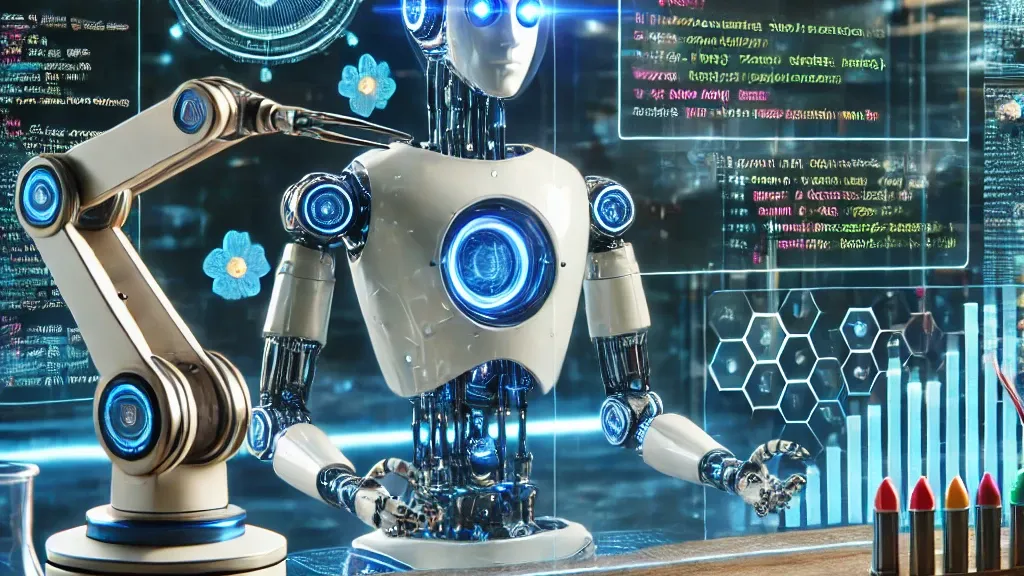The integration of AI for bug detection is rapidly transforming the field of software testing and Quality Assurance (QA). With the complexities involved in modern software development, leveraging AI technologies is not only beneficial but essential for efficient and accurate bug detection. AI offers an innovative approach to identify, classify, and even predict potential issues in the software, making it a pivotal tool in the era of digital transformation. Let’s delve deeper into how AI for bug detection is shaping the future of QA.

The Significance of AI in Bug Detection
The advancement of AI technology provides a substantial edge in locating bugs that might escape traditional testing methods. AI for bug detection introduces efficiency by automating repetitive tasks and improving test accuracy. It enhances the capability to handle vast amounts of data, making bug detection faster and more reliable.
AI Algorithms Driving Bug Detection
Several AI algorithms play a crucial role in bug detection, such as anomaly detection, pattern recognition, and machine learning. These algorithms learn from historical bug data, enabling systems to predict and prevent potential issues.
How AI is Integrated into Bug Detection Systems
Integrating AI into bug detection systems involves the use of automated tools that scan codebases for vulnerabilities, inconsistencies, and bugs. By employing machine learning models, these tools can detect code anomalies that suggest bugs, improving overall software quality and decreasing the time required for manual reviews.
Benefits of Using AI for Bug Detection
The primary benefit of AI-driven bug detection is the increased efficiency and accuracy it brings to the table. Other notable benefits include:
- Speed: AI-based tools rapidly scan through extensive codebases.
- Accuracy: Reduces false positives, enabling testers to focus on real issues.
- Predictive Analysis: Anticipates potential bugs before they manifest.
The Role of AI in Continuous Testing
In the realm of continuous testing, AI significantly enhances testing cycles’ productivity. It supports test automation by facilitating faster feedback loops and improving the quality of delivered software.
Addressing Challenges in AI for Bug Detection
While AI for bug detection offers many benefits, it is not without challenges. Data quality, algorithmic biases, and integration with existing systems are all issues that need addressing. Overcoming these challenges ensures that AI-based solutions are both effective and reliable.
Case Studies: AI in Real-World Bug Detection
Case studies demonstrate AI’s potential in real-world applications. Major tech companies are now using AI to manage extensive software projects, leading to more efficient bug detection and innovative solutions.
The Future of AI in Bug Detection
The future of AI in bug detection is promising, with the potential for even more sophisticated AI models that can autonomously manage entire testing processes, bake AI capabilities into new software, and continuously learn from new bug data.
Conclusion
The use of AI for bug detection is paving the way for a significant shift in how quality assurance is approached in software development. As technology continues to advance, incorporating AI into bug detection will prove essential for maintaining high standards in software quality and reliability.

FAQ
- What is AI in bug detection? AI in bug detection uses algorithms and machine learning to identify and prevent bugs in software development.
- How does AI improve bug detection? AI improves bug detection by enhancing speed, accuracy, and predictive capabilities, allowing for more efficient testing.
- Can AI replace human testers? While AI aids in bug detection, human insight remains invaluable in areas requiring judgment and creativity.
This article contains affiliate links. We may earn a commission at no extra cost to you.

